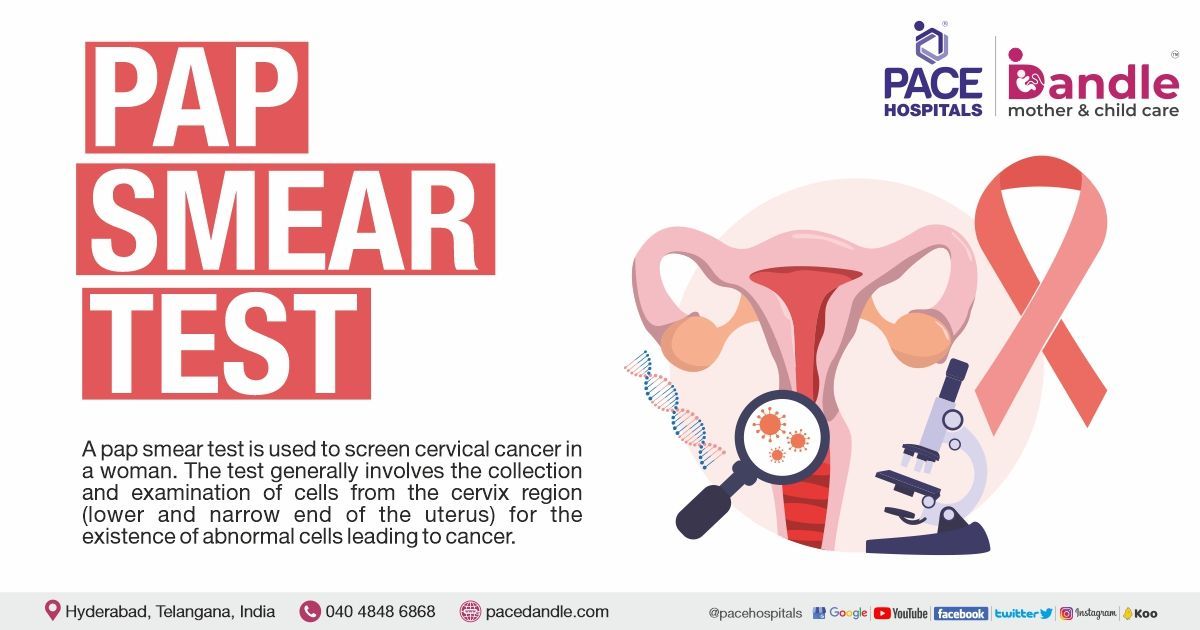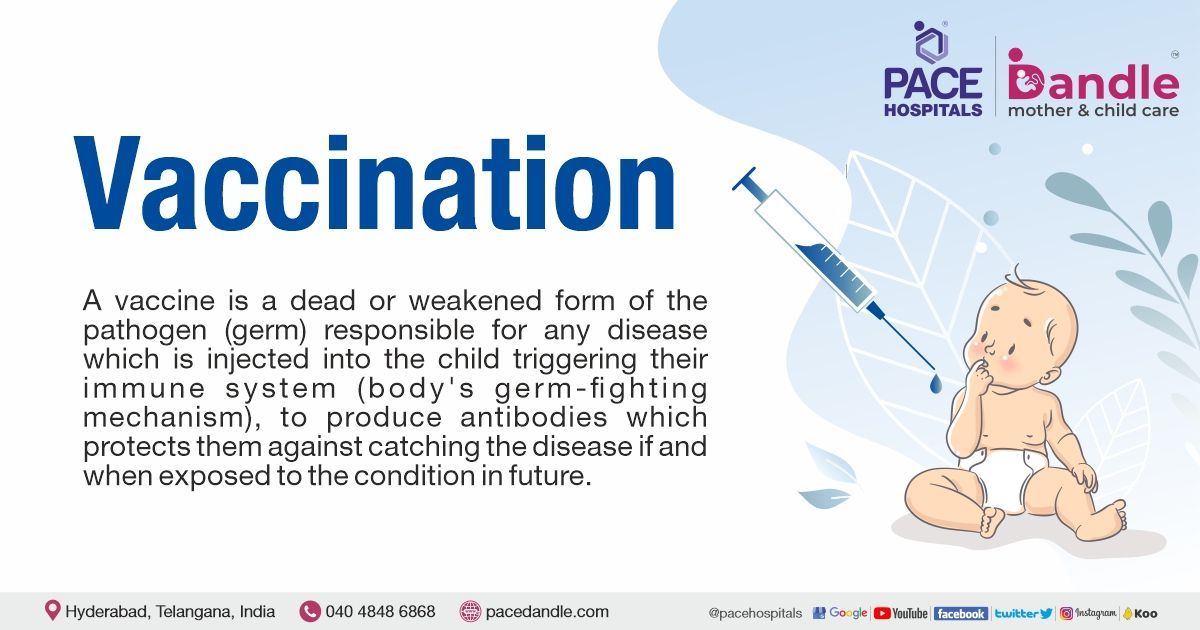BCG Vaccine Uses, Dosage and Side Effects

Mycobacterium bovis Bacille Calmette–Guérin (BCG) is the only vaccine which can currently counter tuberculosis, existed for over 80 years and is one of the most widely used vaccines in current days.
BCG is an M. bovis attenuated strain that was developed, culminating to 13 years of continuous in vitro research, BCG vaccine is given to prevent TB (tuberculosis). The World Health Organisation (WHO) endorses the immunisation of infants soon after birth as possible in all countries with a high risk of tuberculosis infection.
Tuberculosis and its Reach
No country in the world today, rich or poor, can claim to be free of tuberculosis.
Tuberculosis is a major health concern globally that claims almost 20 lakhs of lives annually, with developing countries bearing the major brunt of the disease. In March 1993, the WHO declared tuberculosis a "global public health emergency". The situation has deteriorated to great extent due to the emergence of multidrug-resistant tuberculosis and human immunodeficiency virus infection. A fourth of the global population gets latently infected with tuberculosis, and 5 -10% of this latently infected group develops active disease during their lifetime.
The burden of tuberculosis morbidity and mortality in the world as a whole impinges most heavily on developing countries and disproportionately on the poor and other disadvantaged subpopulations of better-resourced countries.
The only available tuberculosis therapy is Directly Observed Treatment Short - course (DOTS), which is very lengthy and possesses various side effects, including the dampening of immune responses resulting in the vulnerability to TB reactivation and reinfection.
At present, the evolving medical research actively seeks an answer in the field of immunology and vaccinology for a permanent or near-permanent solution to curb the growth of the ailment.
BCG vaccine and its Evolution
After years of intensive research, the BCG vaccine, which was innovated in 1921, still in remains the most widely used vaccine until today despite its limitations and highly variable efficacy.
BCG vaccine full form - Bacille Calmette-Guerin vaccine
The BCG vaccine discovered by Léon Charles Albert Calmette and Jean-Marie Camille Guérin of the first vaccine against tuberculosis disease. The BCG vaccine, named after its discoverers - Calmette and Guerin, at the Institut Pasteur (Pasteur Institute) in Paris, France. Léon Charles Albert Calmette was a French physician, bacteriologist and immunologist and Jean-Marie Camille Guérin was a French veterinarian, bacteriologist and immunologist.
BCG Vaccine was developed from a live-attenuated strain of Mycobacterium bovis, a subspecies of M. tuberculosis. They discovered that the addition of beef bile reduces the clumping in M. bovis and decreases the virulence of the strain.
Clinical immunisation with the BCG vaccine started in Europe as early as 1921. By the 1940s, several studies established the protective role of the BCG vaccine in tuberculosis among children. As the tuberculosis rates increased after World War II, several international health organisations recommended BCG vaccination among the population. In 1948 BCG vaccine was introduced in India, which spread to schools in almost all states of India by 1949. A 2022 study demonstrated that the BCG vaccine also provided protective efficacy against a likely symptomatic COVID-19 infection.
BCG Vaccine Uses / Indication
There are a lot of benefits of BCG vaccine for newborns and infants when compared with adults. BCG Vaccine can be given to the following populations:
- Infants and neonates under five years are at high-risk to active tuberculosis.
- It could be done in children aged 7-14 if they weren’t previously vaccinated.
- BCG vaccination is considered by healthcare individuals who work among regions or wards with high tuberculosis transmission.
- While the BCG vaccine is used for preventing tuberculosis, it also demonstrated therapeutic efficacy in treating non-invasive forms of bladder cancer.
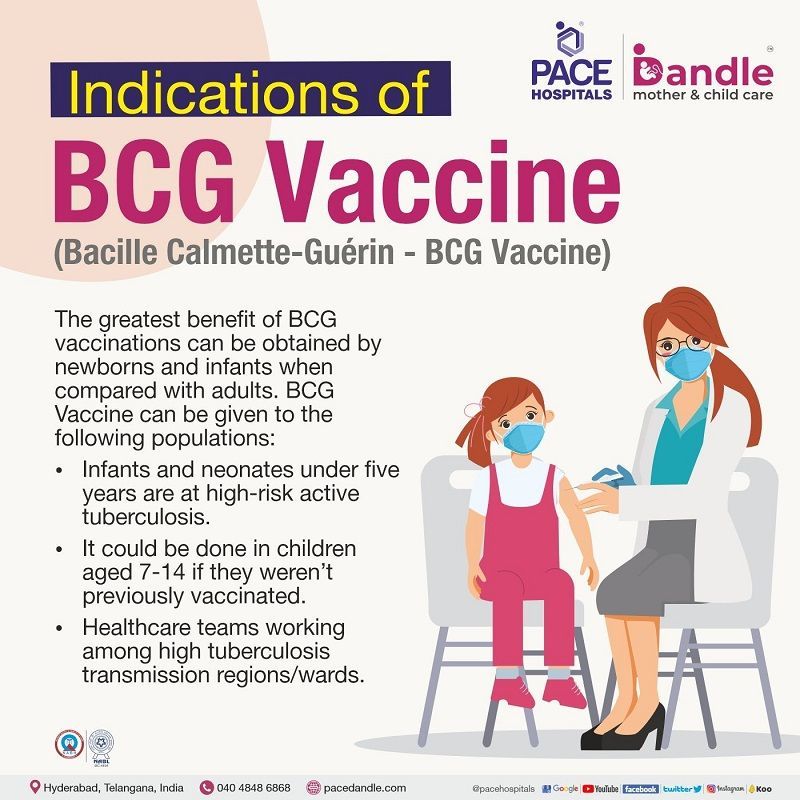
BCG Vaccine Dose
For children over one year of age and adults, 0.1 ml of vaccine can be given. A single dose is enough to provide lifetime immunity from TB (tuberculosis)
BCG Vaccine Route
The BCG vaccine can be administered intradermally.
BCG Vaccine for newborn
BCG vaccine standard dose at birth is 0.1 mg in 0.1 ml. Few studies show half the dose for newborns. BCG vaccination should be given at birth. Some studies demonstrate increased tuberculin conversion after 1-3 months.
BCG Vaccine Scar
The BCG vaccine scar can range from 2-8 mm in size. Its measurement has no relation to induced immunity and is usually related to wheal size.
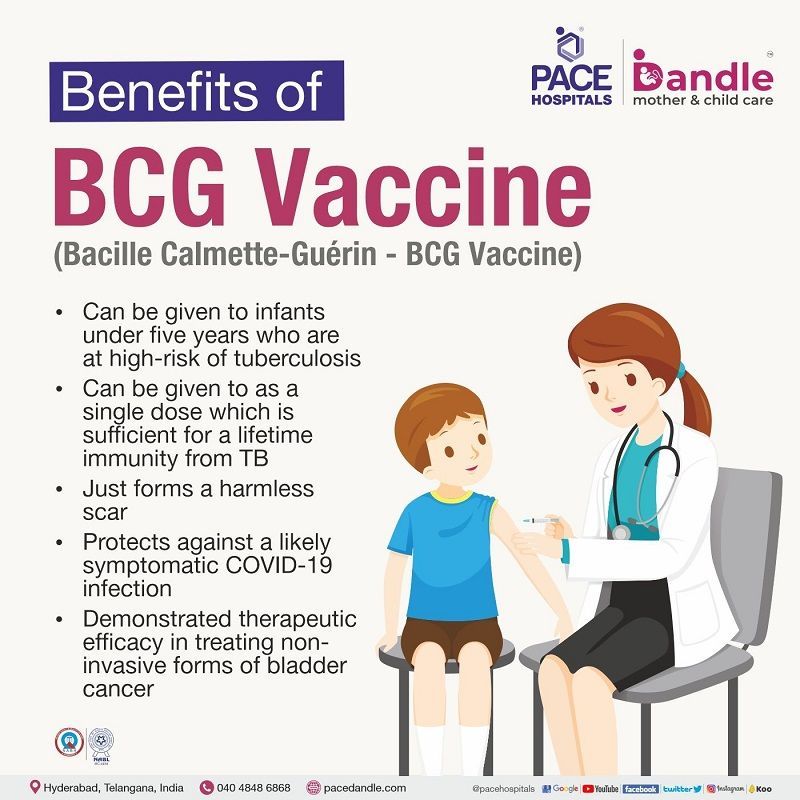
Contraindications of BCG Vaccine
BCG Vaccinations cannot be administered to any immunocompromised patients as BCG is a live vaccination. Reduction of immunity can be due to various reasons, such as:
- HIV infection
- Malignancy
- Congenital immunodeficiency
- Drug-induced immunosuppression, such as
- Tumour necrosis factor-alpha blockers
- Corticosteroids
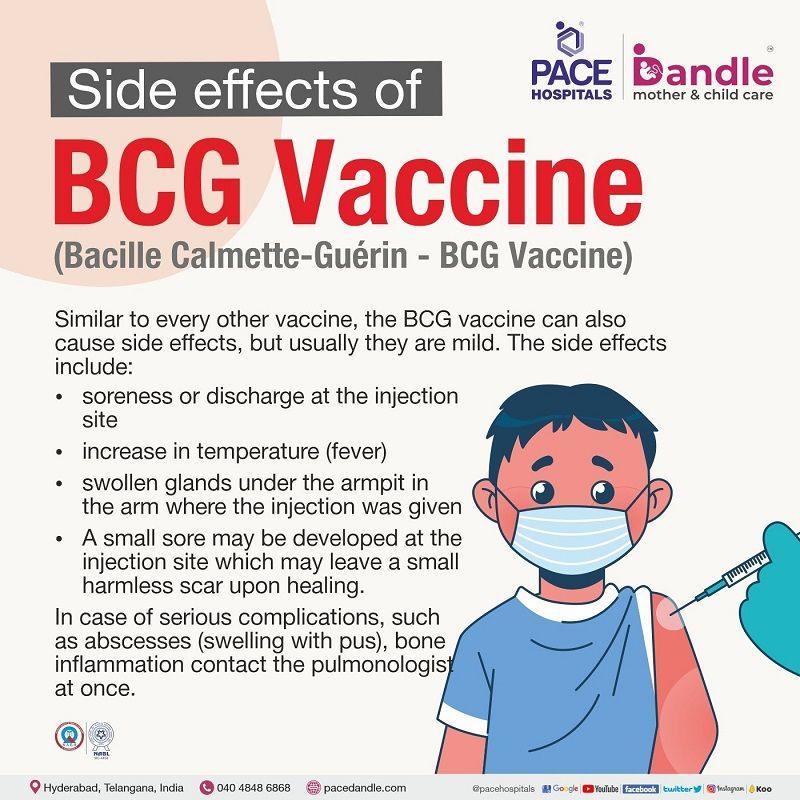
Side effects of BCG Vaccine
Similar to every other vaccine, the BCG vaccine can also cause side effects, but usually they are mild and not commonly occurred. The side effects of BCG vaccine include:
- Soreness or discharge at the injection site
- Increase in temperature (fever)
- Swollen glands under the armpit in the arm where the injection was given
- A small sore may be developed at the injection site which may leave a small harmless scar upon healing.
- In case of serious complications, such as abscesses (swelling with pus), bone inflammation contact the pulmonologist at once.
BCG Vaccine Complications
The most common complication of BCG vaccination is the Injection site reaction, which could include:
- Granulomatous lesions
- Lymphadenopathy of regional lymph nodes
- Nodules or ulcers at the vaccination site, with or without draining sinus tracts or fistulae.
- The other complications include
- Osteomyelitis
- Osteitis
- Opportunistic infections that could occur in the setting of immunosuppression, including HIV infection.
Precaution Tips at the Injection Site
- Maintain the site clean and dry.
- After bathing the baby, care must be taken to pat the area dry thoroughly.
- In case of oozing from the area, a wound dressing with gauze can be done.
- To clean the area, a sterile alcohol swab must be utilised.
Frequently asked questions
For safe and effective vaccination, request an appointment.
